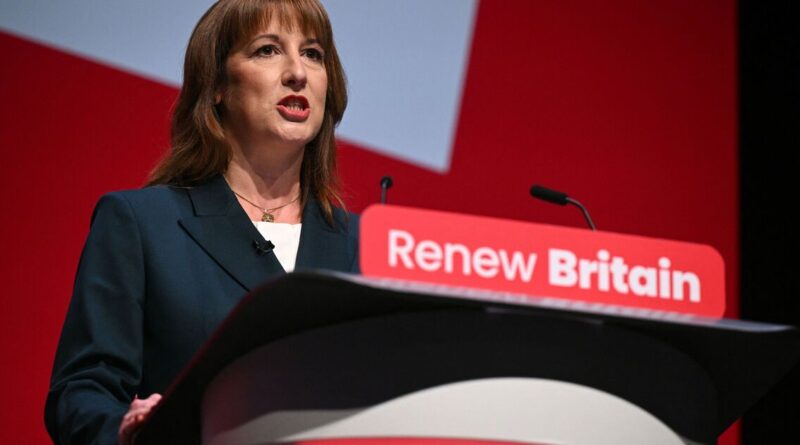Four ways Rachel Reeves could target pensions in the Autumn Budget | Personal Finance | Finance
Rachel Reeves is under growing pressure to rule out a raid on pension savings amid mounting speculation she will target retirement tax breaks enjoyed by higher earners. Almost 70% of all pension tax relief went to higher rate and additional rate taxpayers in 2023-24, according to new HMRC data analysed by NFU Mutual.
The figures show that 55% of pension tax relief benefits those paying the 40% rate and another 13% goes to 45% taxpayers – leaving only a third for basic rate taxpayers. The Treasury’s total bill for pension income tax and National Insurance relief climbed to £78.2 billion last year, up from £72.1 billion the previous year. Sean McCann, chartered financial planner at NFU Mutual, warned that this “large expense to the Treasury” could make pensions an attractive target.
He said: “Chancellor Rachel Reeves may look to reduce this cost, particularly as the lion’s share goes to higher and additional rate taxpayers.” NFU Mutual outlined four main ways the Chancellor could look to cut pension tax costs in the Autumn Budget on November 26.
1. Cut the annual allowance for pension contributions
Currently, most people can pay into pensions up to their earnings level, capped at £60,000 a year. This was raised from £40,000 by Jeremy Hunt in 2023.
Reducing it to £25,000 a year would primarily hit 40% and 45% taxpayers, especially those trying to boost savings in their final working years. Mr McCann said: “This change has the advantage of being simple to introduce – unlike a flat rate of tax relief, which would bring major complexity for employers and employees.”
2. Levy National Insurance on employer pension contributions
Employers currently avoid paying NICs (worth up to 15%) on money paid into employee pensions, and employees also escape both NICs and income tax. The relief is worth £24 billion a year, according to HMRC, largely due to salary sacrifice arrangements.
Mr McCann said the Chancellor could introduce a 5% NIC on employer contributions “to claw back some of the cost while keeping pensions attractive”.
3. Tax all pension death benefits
At present, beneficiaries pay no income tax if a pension holder dies before 75. The Chancellor could scrap this exemption, taxing all pension payments to families, regardless of age at death.
Mr McCann warned: “Coupled with plans to include unspent pensions in inheritance tax from April 2027, this would be a double blow for some bereaved families.”
4. Cut the tax-free lump sum cap
At the moment, savers can take 25% of their pension tax-free, up to a maximum of £268,275. Reducing this limit to £150,000 would mainly affect those with pensions worth over £600,000, exposing more savings to income tax on withdrawal.
Mr McCann said: “Given that most people have pensions valued below this level, it would be viewed as a tax-raising measure focused on wealthier investors.”
Calls grow for a ‘Pension Tax Lock’
The speculation has triggered a public backlash. A parliamentary petition calling for a ‘pensions tax lock’ has already passed 10,000 signatures, obliging the Government to respond. Launched by investment platform AJ Bell, the petition urges Reeves to guarantee existing tax relief and tax-free cash allowances for the rest of this Parliament.
Tom Selby, AJ Bell’s director of public policy, said: “Pension savers across the UK have sent a clear message to the Chancellor. We need a firm commitment to a Pension Tax Lock to allow people to plan ahead with certainty.”
He added: “Anyone sacrificing take-home pay today to save for the future deserves a concrete promise that they can access their pension on the same terms as the generation before them.”
The Treasury has made clear that it will not comment on Budget speculation. The Chancellor has warned people against taking important decisions about their finances based on such speculation.





